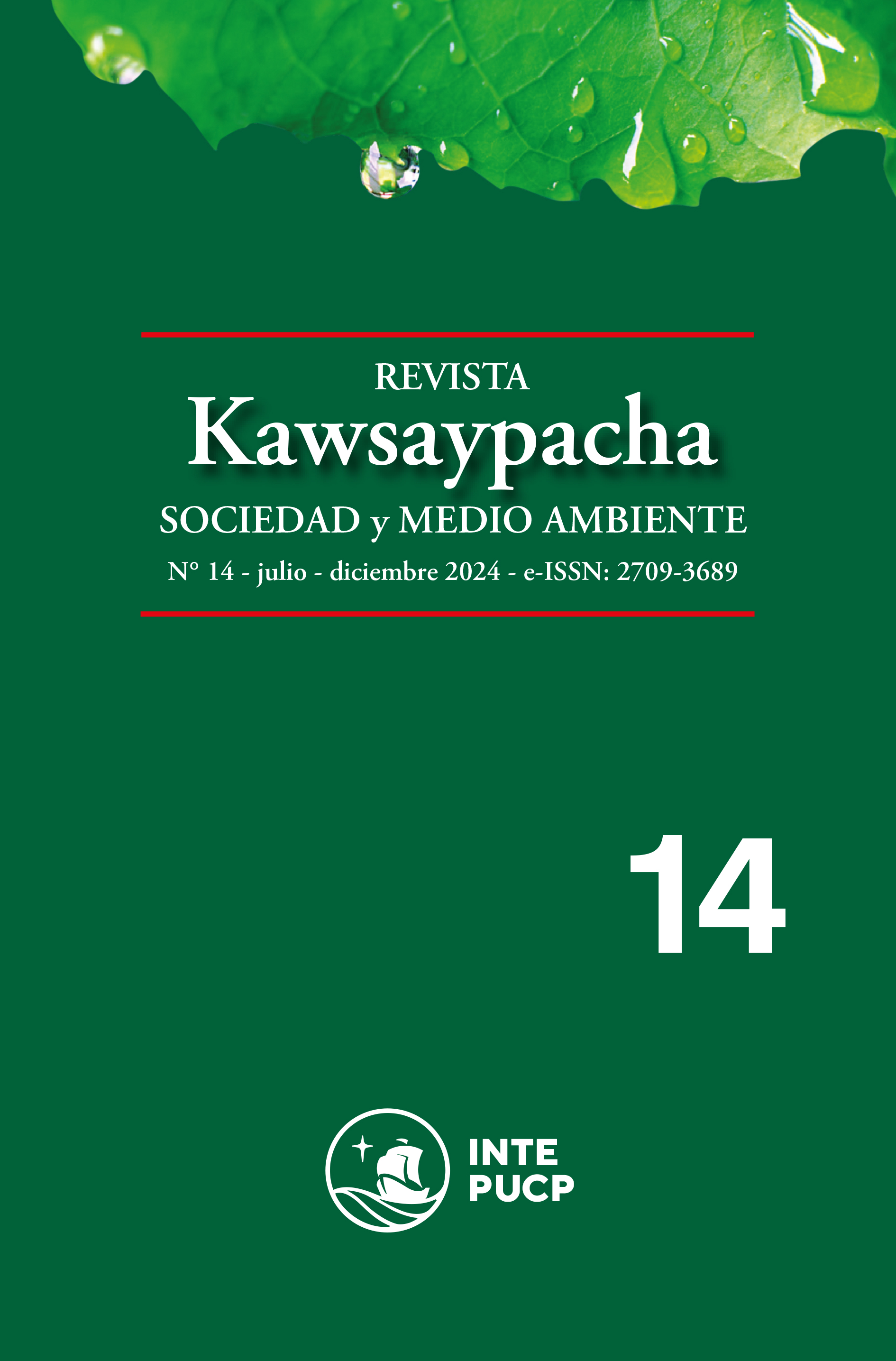Factores para el uso intensivo del automóvil en las urbes mexicanas. Entre las variables socioeconómicas y las actitudes hacia la movilidad sustentable
DOI:
https://doi.org/10.18800/kawsaypacha.202402.D011Palabras clave:
Uso del automóvil, Actitudes, Percepción cambio climático, Factores socioeconómicos, MéxicoResumen
A pesar de los múltiples esfuerzos realizados por reducir el uso del automóvil como medio de transporte cotidiano, en algunos contextos como Latinoamérica su presencia sigue aumentando. El objetivo del artículo es examinar algunos factores que explican su uso intensivo en las grandes ciudades de México. El trabajo se basa en el análisis estadístico del Módulo de Hogares y Medio Ambiente, y de la Encuesta Nacional de Hogares del Instituto Nacional de Estadística y Geografía (México). Se descubre que la posesión de recursos de movilidad, como los automóviles, es muy importante para explicar el número de vehículos usados semanalmente, y que variables socioeconómicas como el nivel de instrucción o el estrato socioeconómico son también claves. Sin embargo, se advierte que actitudes favorables a la movilidad sustentable, o la percepción de efectos adversos del cambio climático, llevan a la disminución de ese gasto en gasolina, y que estos factores son independientes de los socioeconómicos. El artículo deja abierta la posibilidad de que, ante el incremento de la preocupación sobre el ambiente, estas variables actitudinales y de percepción puedan compensar el fuerte peso que tienen los factores socioeconómicos sobre la intensidad del uso del automóvil.















